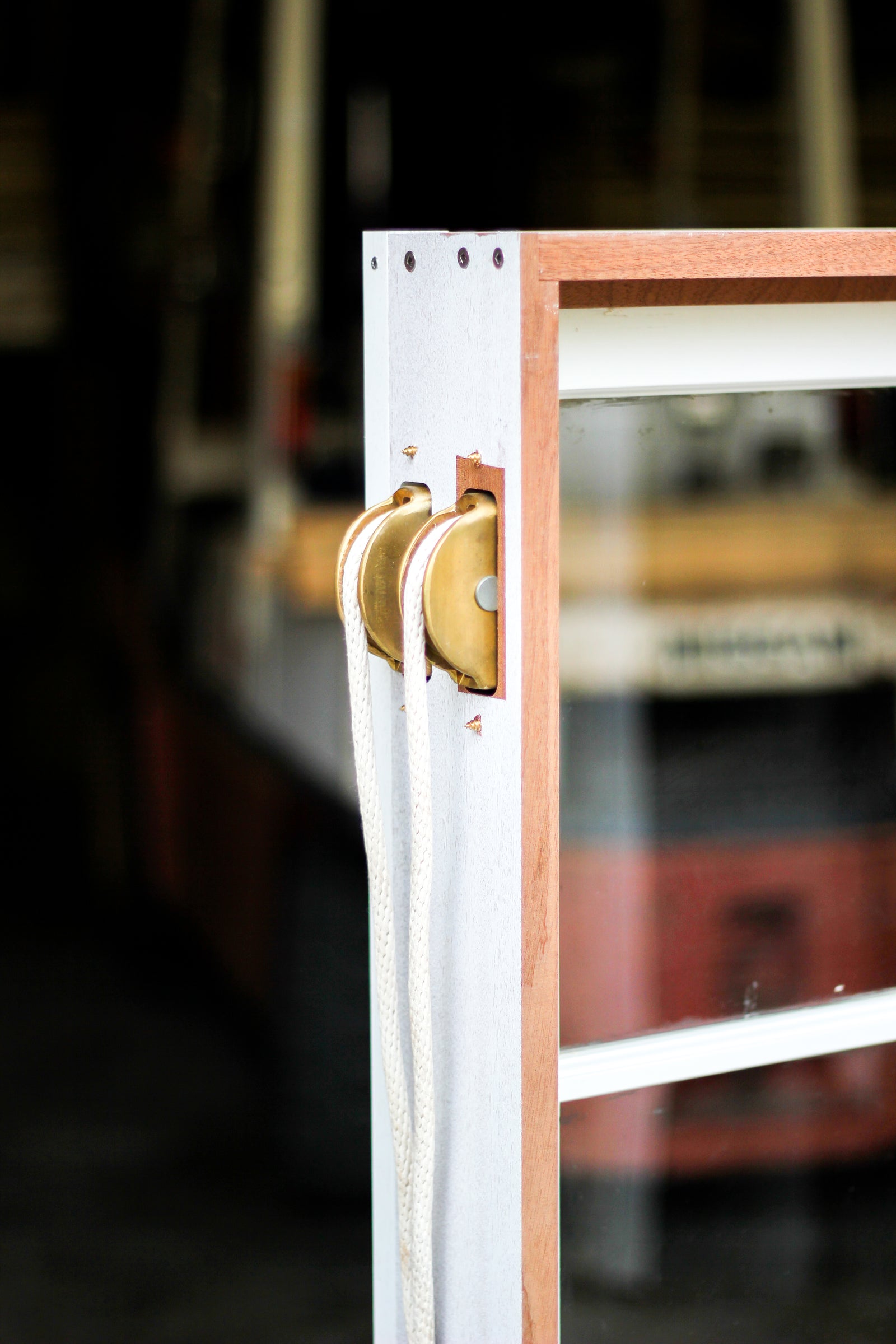Products
Projects
Resources

The Story on Lead Paint
May 12, 2016
Everyone hears about the effects of lead poisoning, specifically with everything going on with the water supply in Flint, MI. But what does all of really mean for you? Lead is a naturally occurring metal and has been used in many manufactured products over the years. Lead poisoning can have a variety of effects including behavioral problems, learning disabilities, seizures and may even cause death in extreme cases.

Where does it come from?
Many houses built before 1978 are painted with lead based paint. Lead was added to these paints for a variety of reasons, color, to speed the drying process and increased durability. Lead based paints are also more resilient to moisture based corrosion. The problem with lead based paints is that over time, like everything except for McDonalds hamburgers, they do deteriorate. When paint crack and chips, the lead turns to dust which can them be inhaled to our lungs and get into our respiratory system. This is especially harmful for children and pregnant women, as the growing bodies absorb more.

What does it mean?
Having lead in your home isn’t the end of the world. First, evaluate where the paint is and what condition it’s in. If it is fully intact, no chips or cracks, and you don’t have small children in the home, it may be fine to leave it. However, you will be required to inform buyers or any future residents of the home. If the paint is in a high traffic or friction area that could generate dust, such as windows or drawers, it is important to keep the area clean. Dirt and dust can add to friction and cause damage to the paint. Use a wet sponge to keep these areas clear and be wary if the paint begins to show any signs of damage.
Addressing any issues as soon as they are found is crucial, prevention is the most important step in lead exposure. Flush your water outlets used for drinking water and food prep if you think there may be lead in the pipes. It is also important to keep the filter screens clear of debris. If you living in an area that has a higher concentration of lead in the soil, be sure to teach your kids to wash their hand and wipe their feet when coming in from playing outside. Also be aware of any older playground equipment that may be painted with lead based paint.

How do I deal with this?
The first step is to call in professionals and be sure the contractor is Lead Certified. Once they have evaluated the area they can help you determine what the next step it. You may be able to enclose the area with new dry wall inside, or cover it with vinyl/aluminum outside. Another options would be encapsulation, which requires a special paint that creates a water tight seal over the leaded area. While these can both be good options, it doesn’t remove the problem and still requires you to inform any new residents or homebuyers.
To completely get rid of the lead paint, you must have a Lead Certified contractor come in and remove it. Sanding means lots of dust particles and the lead can then become airborne and get into lungs. To prevent this, Lead Certified contractors use HEPA vacuums to filter out the particles and debris. Clean up is just as important, wet everything down to keep the dust and particles from becoming airborne.

There are many ways to deal with Lead paint in your home. While it can be fine to leave lead paint as it is, it’s important to be aware of it’s presence, especially if there are young kids in the home. When the paint begins the crack and chip, lead paint should be replaced. Lead paint is easy to test for and can be done at home, on your own.
Subscribe Today!
Our goal is to provide you with as much information as possible. Our newsletter is full of tips, inspiration and featured projects. We promise to only send you interesting things and never share your email with anyone else.




